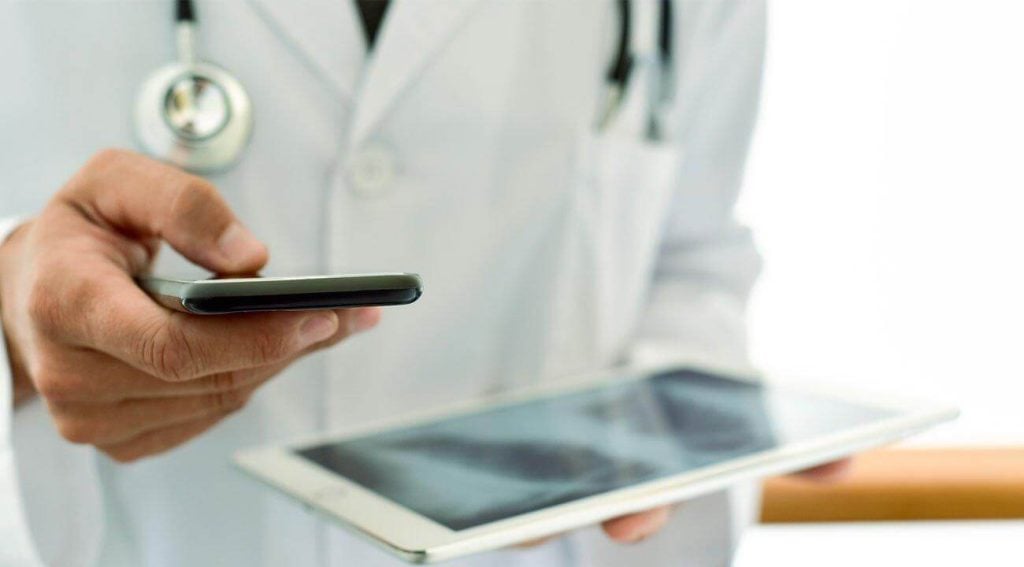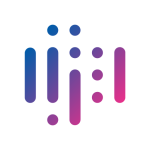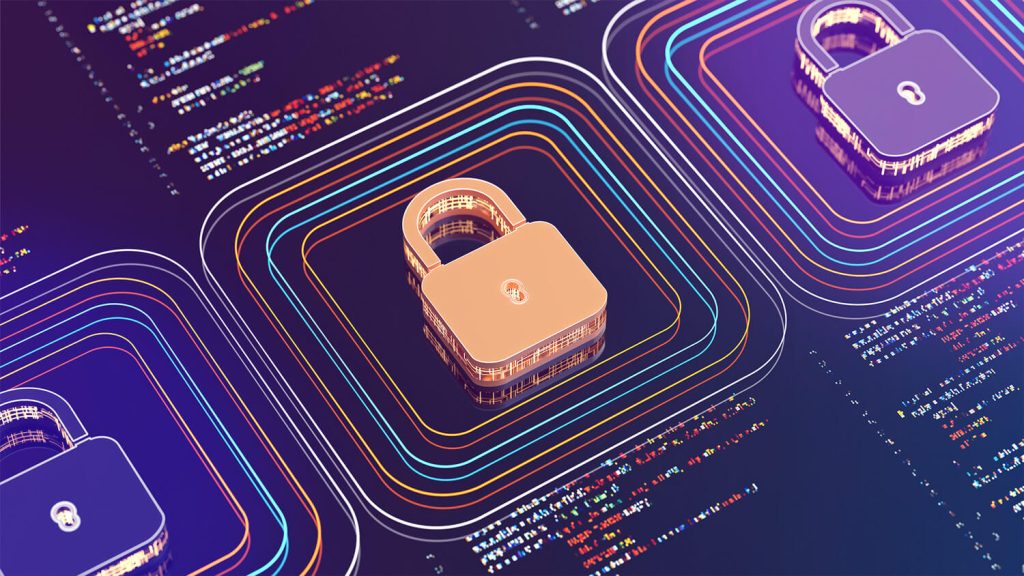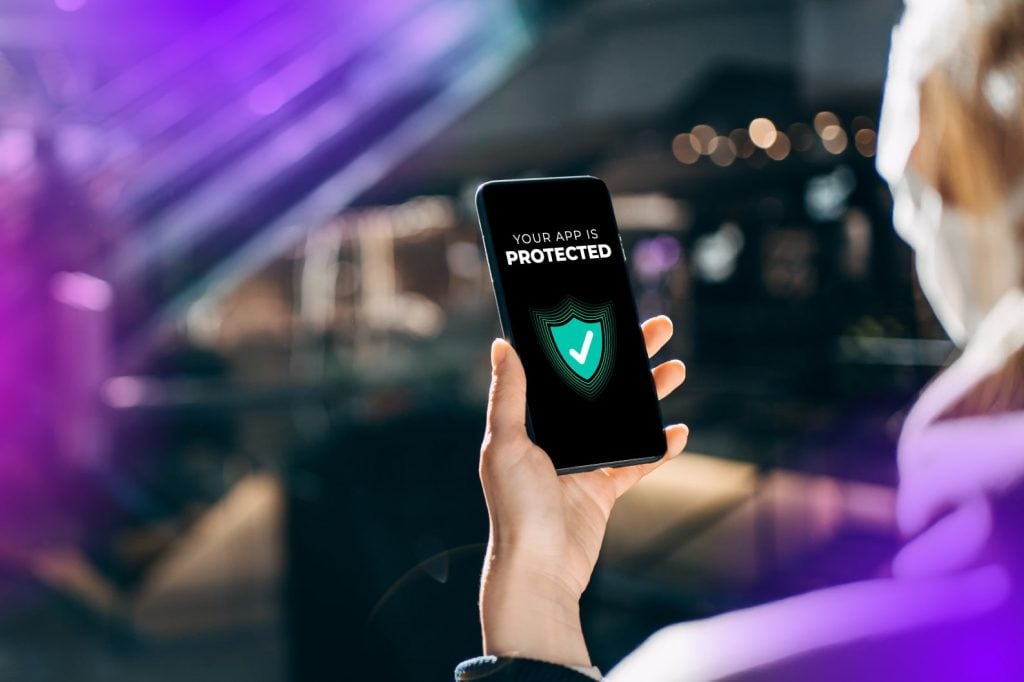When it comes to the security of mobile healthcare apps, providers have every reason to be concerned. According to one study, nearly 40% of healthcare organizations suffered a compromise involving a mobile device in the past year. The same study found that 93% of healthcare professionals think organizations need to take mobile device security more seriously.
The landscape of connected healthcare is rife with vulnerabilities. According to KLAS, privacy and security are far and away the No. 1 concerns healthcare providers have around third-party apps. As more mobile healthcare apps and medical IoT devices burst onto the scene, the attack surface expands exponentially.
What does this mean for app developers in the healthcare space?
As healthcare cyberattacks become more common, regulations tighten, and developers who make security a priority gain an advantage. Taking security seriously from Day 1 will ensure that your app holds up in the (highly likely) event of a healthcare cyberattack. If your app is accessing protected health information (PHI), it’s critical that it run safely and reliably on any device.
In today’s healthcare market, automated and intelligent app security is a unique selling point for app developers.
Create mobile healthcare apps that meet compliance and stand up against security assessments
The tools and technology that make up today’s connected healthcare ecosystem are bridging the gap between the cyberworld and the physical world in unprecedented ways. For the healthcare industry, this means that the repercussions of a cyberattack are more than digital or monetary — they can now be life-threatening. Whether you’re developing an app to improve clinical efficiency or an IoMT device to monitor biometrics, your tools must be secure to ensure patient safety.
Compliance with HIPAA and passing security assessments are just the tip of the iceberg when it comes to healthcare cyber security. A certain level of data protection is required by law, but as technology quickly evolves and hackers become increasingly sophisticated, regulations struggle to keep up.
As covered entities grapple with the fact that regulatory compliance is merely enough to avoid fines but not enough to ward off attacks, the standards of their own security assessments become more stringent for app developers every year.
The biggest problem with [healthcare cybersecurity] is that it's a moving target...Somebody finds a vulnerability and there are new requirements.[ Meeting security standards] gets harder, not easier."

Curt Bashford
President & CEO. General Devices
Bring-your-own-device (BYOD) vulnerabilities
As the healthcare industry is barraged with an exponentially increasing number of cyberattacks every year, developers who prioritize security will gain a competitive edge in the medical market. App protection is becoming increasingly valuable for healthcare organizations and developers alike, especially when considering the Bring-Your-Own-Device (BYOD) policies of many covered entities.
Mobile medical apps are likely to be installed and utilized on the personal devices of nurses, physicians, and other staff at healthcare organizations with BYOD policies. For many covered entities, BYOD creates yet another security obstacle to overcome, but for app developers, it can create a unique opportunity to address a customer’s biggest pain point.
BYOD and app protection
While some covered entities provide devices for their staff, most of them implement BYOD. In fact, Aruba Networks found that 85% of covered entities support the use of personal devices on the job.
So, what does this mean when it comes to selling your app to healthcare organizations that employ BYOD? Undoubtedly, you developed your app to make patient care more efficient, convenient, and accurate for providers and patients alike. App protection helps you achieve your goals by making the implementation and maintenance of your tools easier for covered entities.
Downloading an unprotected (or under-protected) mobile medical app onto a personal device comes with inherent risks, especially when access to patient data is involved. CIOs worry about personal devices being lost or stolen, jailbroken and rooted phones, malware, and data leakage. These threats necessitate a strong security solution to partition and protect sensitive data on devices that don’t belong to the organization. Without security by design and the proper protection built into healthcare apps, covered entities are forced to purchase extensive Mobile Device Management (MDM) to keep data secure.
However, MDM is often costly, clunky, and inconvenient. It is much easier for covered entities to download trusted, secure applications than it is to attempt to control devices they do not own.
App protection vs. mobile device management
Enterprise MDM plans are complex, and assessing the precise security needs of a healthcare organization can be a nightmare. While many nurses and physicians enjoy using their own devices for work, they don’t want their personal smartphones and tablets to be controlled by their employer. What’s more, major security gaps abound when end-users fail to follow update and backup procedures.
In a nutshell, BYOD offers ease of use and lowers costs, but security with MDM is less than ideal.
App protection offers a better alternative by closing security gaps and giving covered entities the ability to separate personal apps from corporate control. With strong, automated security by design, you allow covered entities to securely sandbox corporate apps and data to ensure that it is transmitted safely, mitigating the risk of a breach. You can also manage and update those apps remotely. Containerization restricts data sharing, so users can install whatever personal apps they want.
Automated in-app security to keep data secure
Creating an app with intelligent security techniques like encryption of data at rest and in transit, anti-tamper technology, and code obfuscation eliminates the need for hospitals and other healthcare organizations to purchase costly MDM.
Encryption
Essentially, encryption is a security measure that protects a patient’s private and personal data using unique codes that scramble information and make it impossible for intruders to read. It makes it much more difficult for hackers to access sensitive user data that is moving to and from your app.
Anti-tamper technology
When this automated technology is at work inside an app, you can have confidence that your code is executing exactly as you intended. This security method thwarts a hacker’s attempts to change your app’s code and the wider app package. It ensures that other protections stay embedded in the app and that an attacker isn’t prodding and poking it to understand how it works. It also ensures that valuable IP isn’t being repackaged or used out of context.
Code obfuscation
In order to prevent tampering and deter reverse engineering, obfuscation conceals your code and makes it indecipherable to would-be attackers. Making security a priority from the get-go shows that you understand the unique pain points in the connected healthcare market, proves that you are empathetic to your customers’ experiences, and even helps them save money in the long run.
A win-win-win: Security for developers, patients, and healthcare organizations alike
It would be a mistake to think that developers have no skin in the game once their app is sold to a healthcare organization. Developers know that Business Associate Agreements (BAAs) keep them on the hook for any cyberattacks that occur as a result of a security vulnerability.
Under HIPAA, any business performing functions on behalf of a covered entity that requires access to personal health information must enter a BAA. In many cases, this means that payments for hefty fines may end up coming from your wallet in the event of a breach. For this reason, many developers feel that BAAs leave them exposed and vulnerable.
Since your business is on the line when you enter into a BAA with a covered entity, it is much better to trust your own intelligent security than to put faith in a healthcare organization’s own network security or a faulty MDM solution.
Automated, intelligent security by design is a win-win-win—proper app protection safeguards your business, healthcare providers, and their patients. If you want to safeguard your business and avoid regulatory fines, it is critical to take a proactive approach to security.
Burying your head in the sand just isn't a security strategy. The average mobile application is more than 50% third-party material from outside vendors, and there's a lot of fuzzy gray areas about the business agreements with those vendors."

Brian Lawrence
Director of Solution Engineering, NowSecure
Safeguard your business and your customers with App Shielding
As you set out to create and monetize groundbreaking healthcare apps, make security a starting point. App Shielding will safeguard the future of your business, keep valuable patient data secure, and, ultimately, make you a strong competitor in the medical market.





